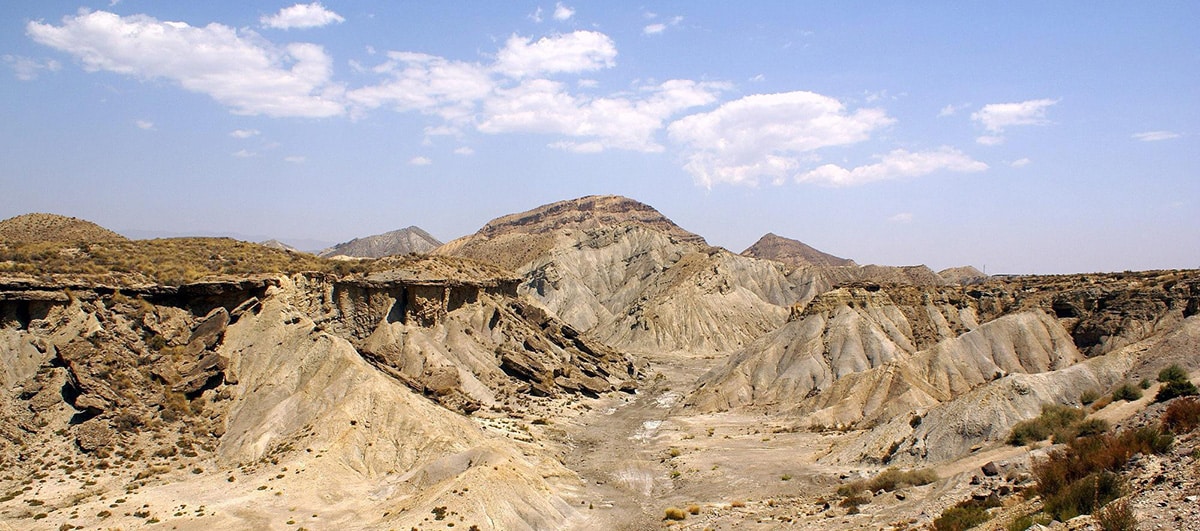
Almería is a province of Andalusia and Tabernas is located there, a town located right next to the desert that bears its name: Tabernas desert. It is one of the driest places in all of Europe and receives a lot of sun.
Today we will see what you can do and see in the Tabernas Desert, a site still very visited by film productions.
Tabernas desert
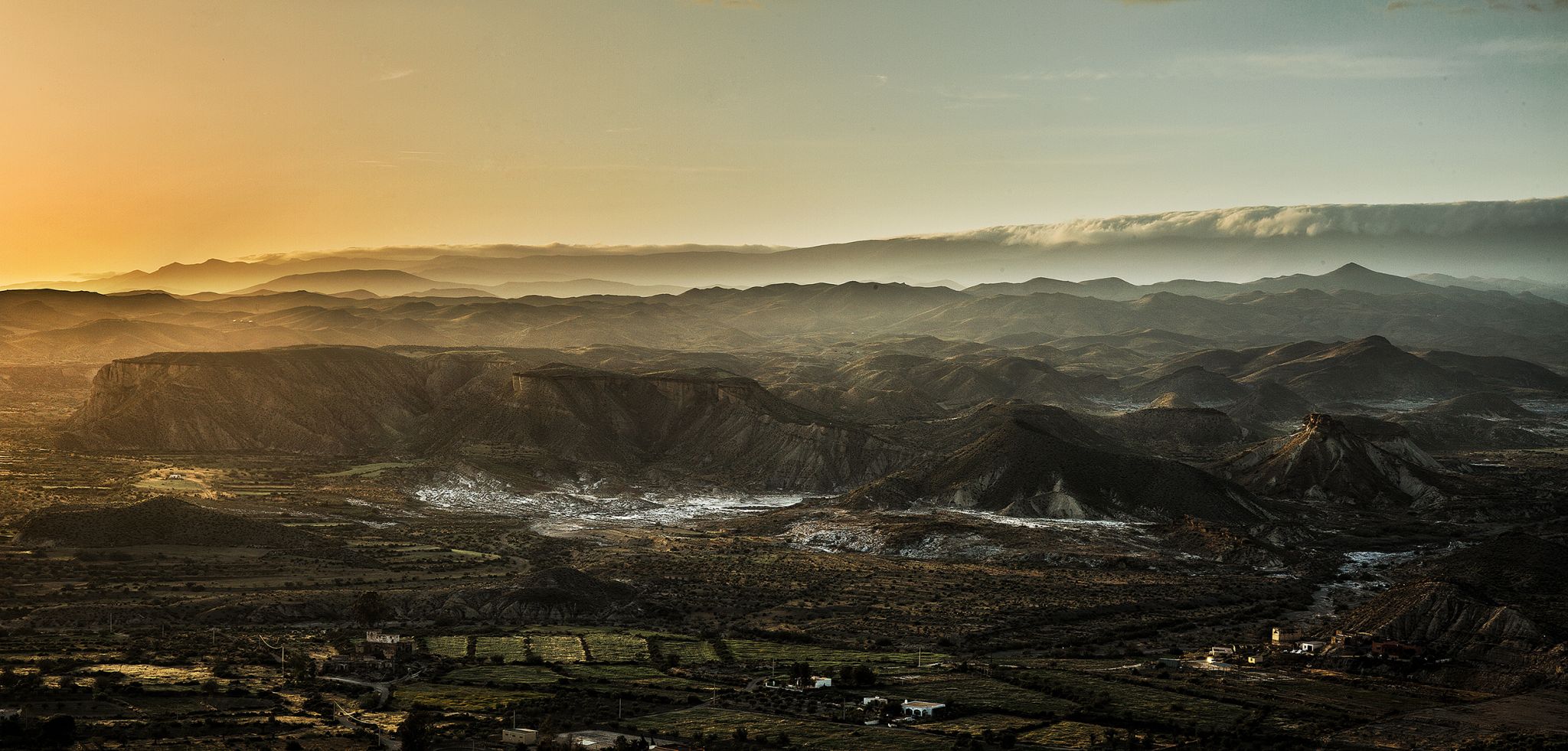
This area of Almería has a very arid Mediterranean climate, with very hot summers and barely cool winters. Calmly now there can be 45 ° C and the rain is conspicuous by its absence. That is why here we find one of the few deserts on the European continent.
Today it is protected as "nature spot" and has some 280 square kilometers of surface. We said before that the rain is conspicuous by its almost absence, but in truth the times it rains it does so torrentially, so there are marls and sedimentary sands. The vegetation is very poor and on top of that it is eroded all the time.
The desert It is between the Sierra de los Filabres and the Sierra Alhamilla, thus isolated from the humid currents of the Mediterranean Sea. It is only 30 kilometers from the capital of the province so if you like these landscapes you can make a day trip
Visit the Tabernas Desert
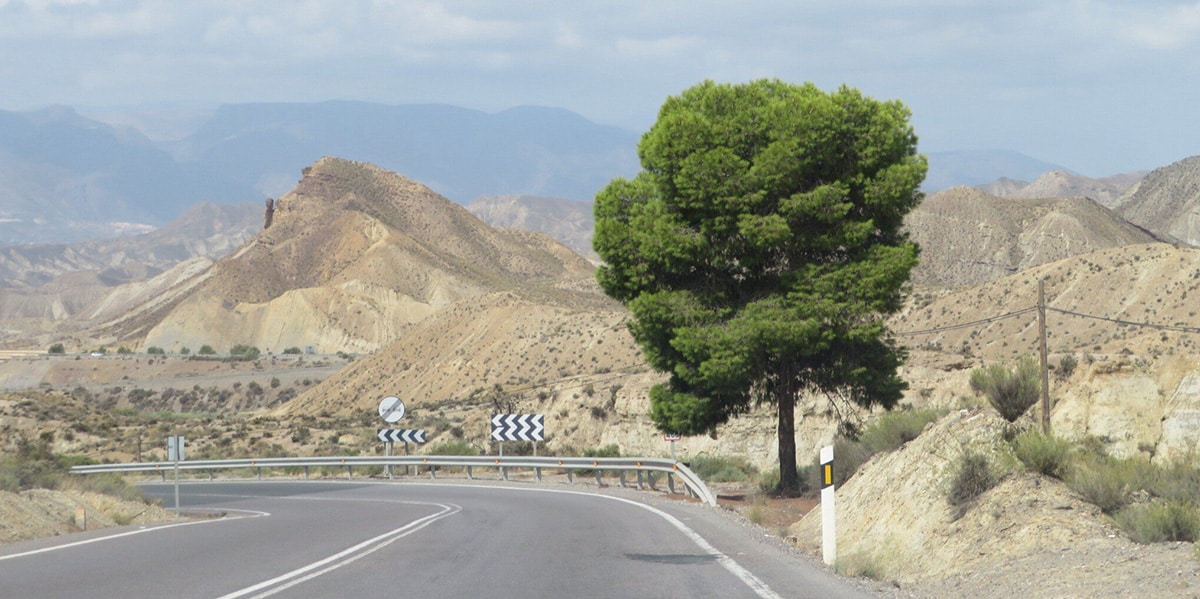
If you like deserts and you are fan of the geology and history of the planet, this is a very good excursion destination. Geologists say that millions of years ago this part of the country was under the waters of the sea, so your floors have ancient fossils that have been found thanks to the action of the rains and the winds over the centuries. I am talking about fossils of both animals and plants.
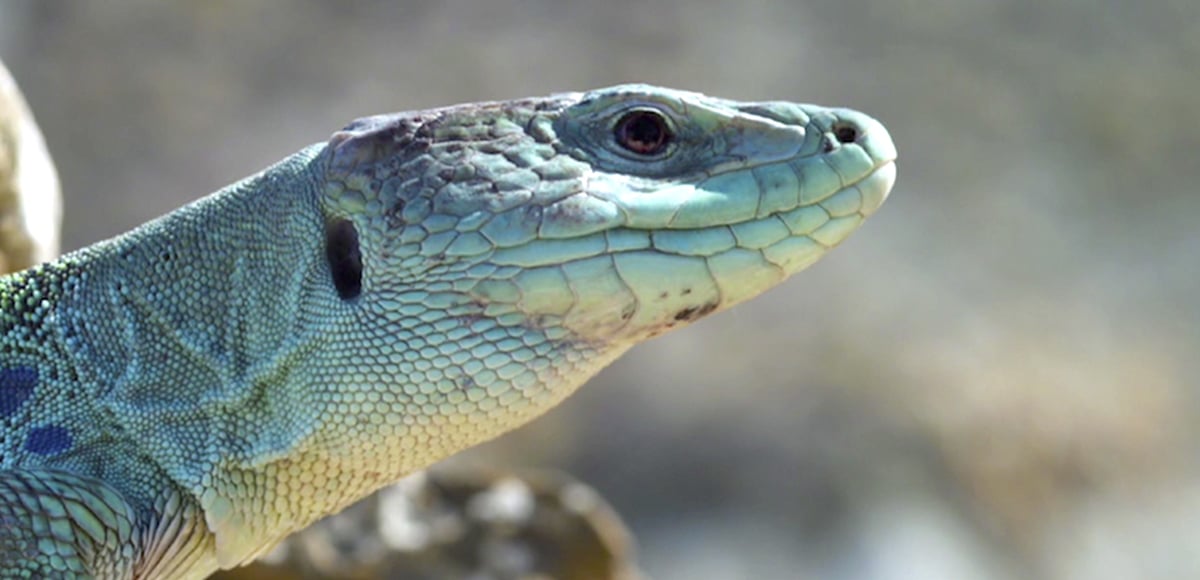
But you can also like the present, so in that sense you can see that there are many endemic species, especially birds. The birds are found in the area of the boulevards, the most humid area, and also on the rock slopes, which is where they build their nests. There are frogs, toads, lizards, snakes, red partridges, hawks peregrines, eagles, eagle owls, rodents, rabbits, foxes, pigeons, sparrows, hedgehogs, hares, dormouse…
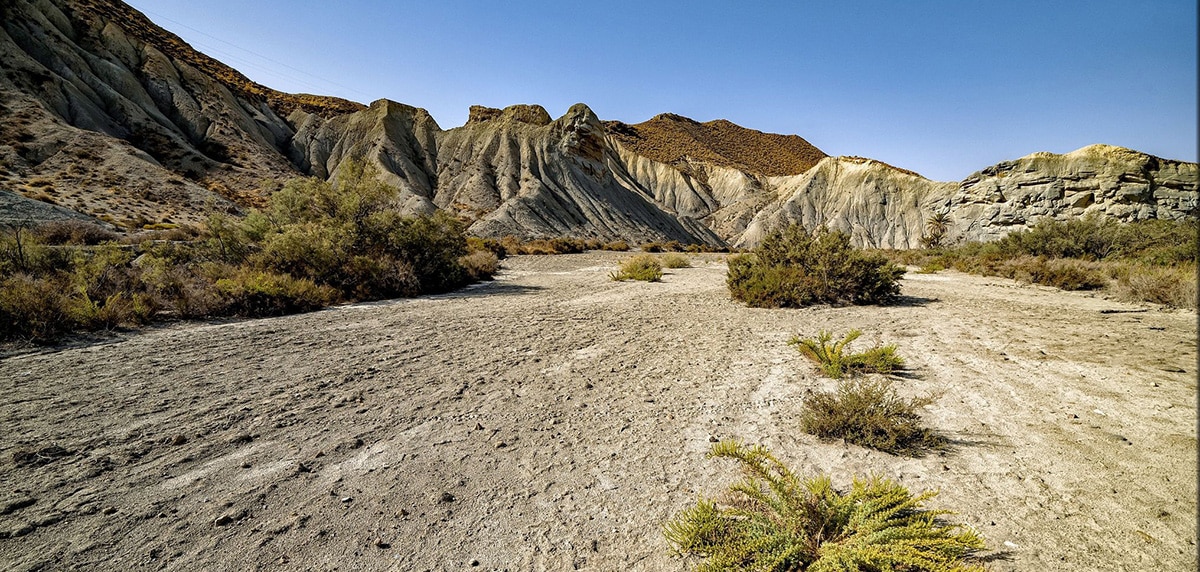
As for the plants, small bushes. For example, as a legacy of the Jurassic there is the Euzomodendron bourgeanum, a perennial shrub endemic to the desert and in danger of extinction. There are also Salicornia with hard leaves, all over the boulevards, prickly pears, esparto, brush, mugwort, thyme, carnation and others. In other parts of the desert you can see small oases and it is here where there are more aquatic species.
We said before that being one of the few deserts in Europe many movies were filmed here no need to go to Arica or America. For example, some of the Italian westerns from the '60s and '70s. The famous spaghetti western by Sergio Leone. So Clint Eastwood, Henry Fonda or Charles Bronson and even the famous Japanese actor Toshiro Mifune walked around here.
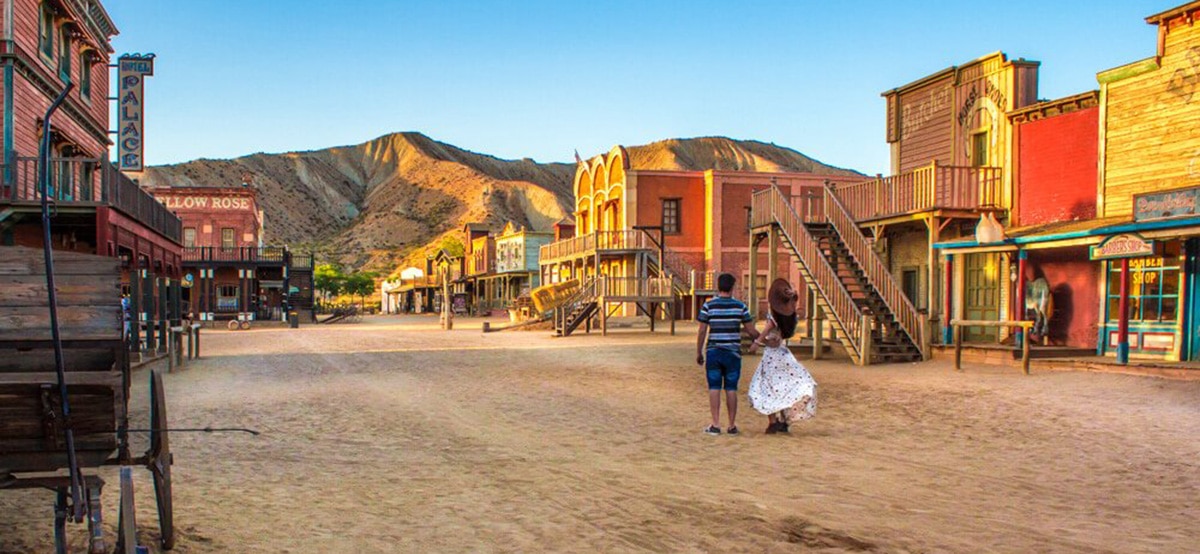
So when you see Por un puñado de dólares o The Good, the Bad and the Ugly, all films from the '60s, remember that they were filmed here, in the Tabernas Desert. But only cheap westerns? No, what blockbuster movies like Indiana Jones and the Last Crusade, Terminator: Dark Fate, Assassin's Creed or Cleopatra or Lawrence of Arabia were also made here. The same, Conan el Bárbaro with a super young Arnold Swarzenegger.
Add some of Dr Who, Exodus, scenes from Game of Thrones in season six, an episode of Black Mirror… and the truth is that it is a super famous site, don't you think so? But has anything remained of all this that was filmed? Yes, in some areas some of the decorations have remained. Luckily there are some signs that guide us on that journey of discovery and if you want something more lively there is always the Oasys Mini Hollywood, Rancho Western Leone or Fort Bravo.
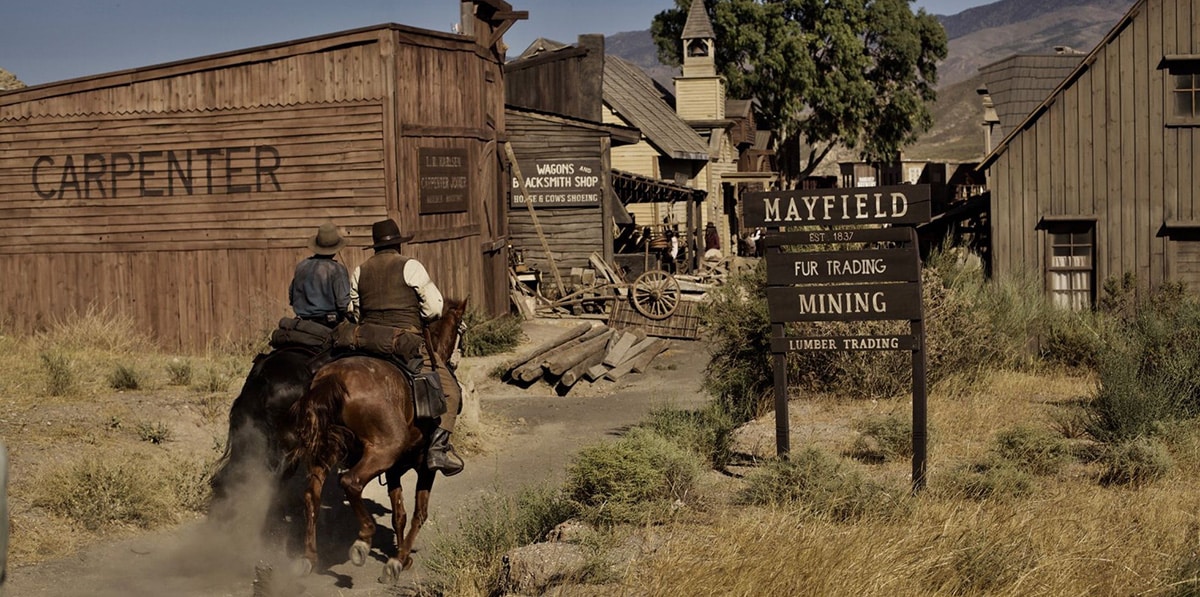
By visiting these sets you can get to know or imagine life in the American Wild West a little better. Thus, you will see the classic tavern, a bank, a hotel, a church and the sheriff's office. Even some surrounding Mexican towns were also recreated, or Indian settlements or outpost forts. We must consider that at that time of Hollywood-style filming, some 14 towns were recreated here and it is they that have, in part, survived to this day as modern theme parks.
Calculate that a seven-hour tour that includes bus transportation, entrance to Fort Bravo, a horse-drawn carriage ride and entrance to the Tabernas Castle and Interpretation Center is around 57 euros per adult.
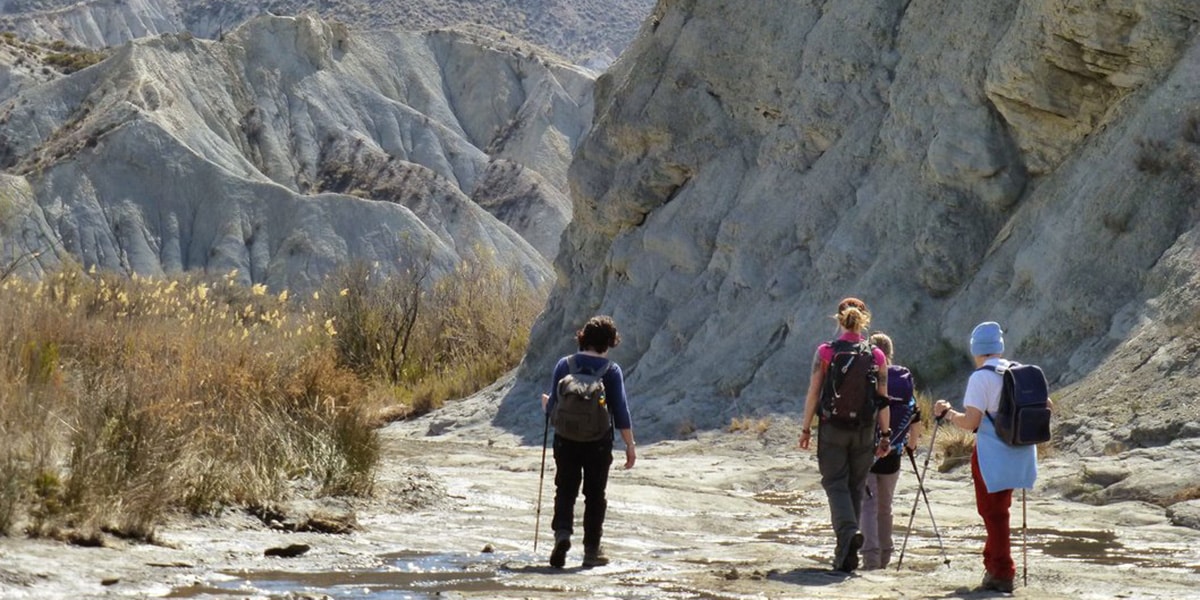
But let's think for a moment about what paths or routes to do in the Tabernas Desert. There are several possible routes, depending on the time you have or what you want to visit. If you have a car or rented one then ride in a vehicle It's great because you get to the most used film sets around here. You just have to have a good map handy. Be careful, there are no paved roads, so if you are going to have a car, it is best that it be × 4 4.
If, on the contrary, you like to walk and you do it well and you don't get tired, you can do the desert trail, a route of 14 kilometers in total that are done in about 5 hours. Too much for you? Well then you can opt for the shorter version of only 9 kilometers that is done in 3 hours. The difficulty of both routes is low, you only add time to walk. Is hiking route You can do it on your own or with a guide. Good option!
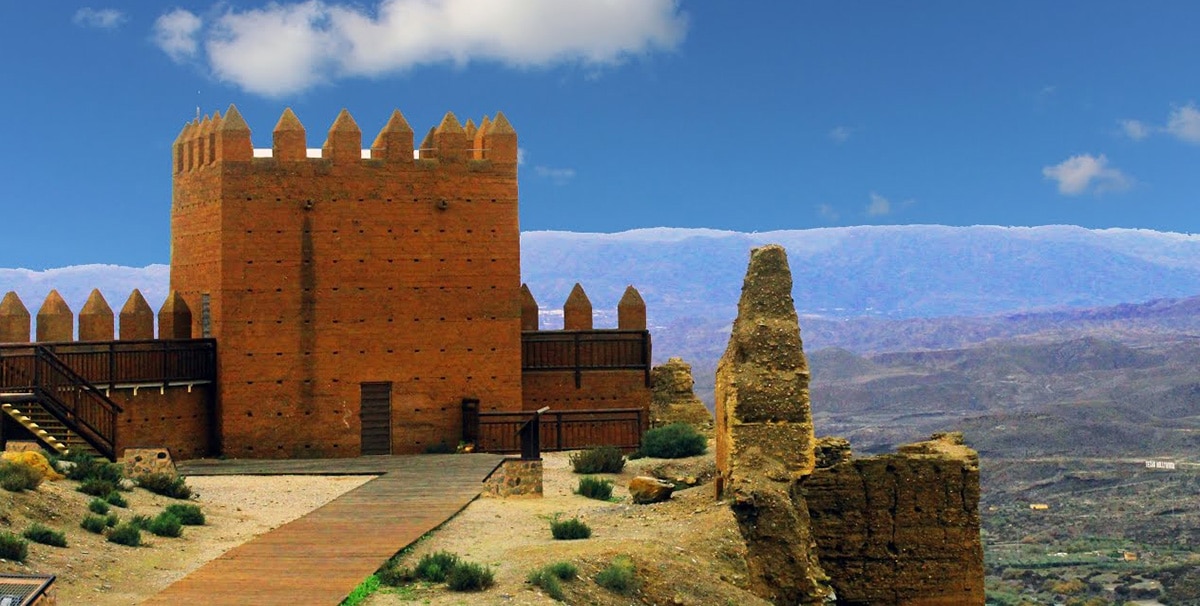
Finally, one can visit the town of Tabernas itself. The area has always been extremely arid, but that did not stop the Arabs from occupying the area for a long time. So there is a castle of Arab origin from the XNUMXth century, Once the most important citadel in Almería, there is also the Church of Nuestra Señora de la Encarnación and the town hall building built between the XNUMXth and XNUMXth centuries.
You already know, summer may not be the best time of year to go on an excursion to Almería, but as soon as winter arrives, how about taking a trip to the American Wild West?